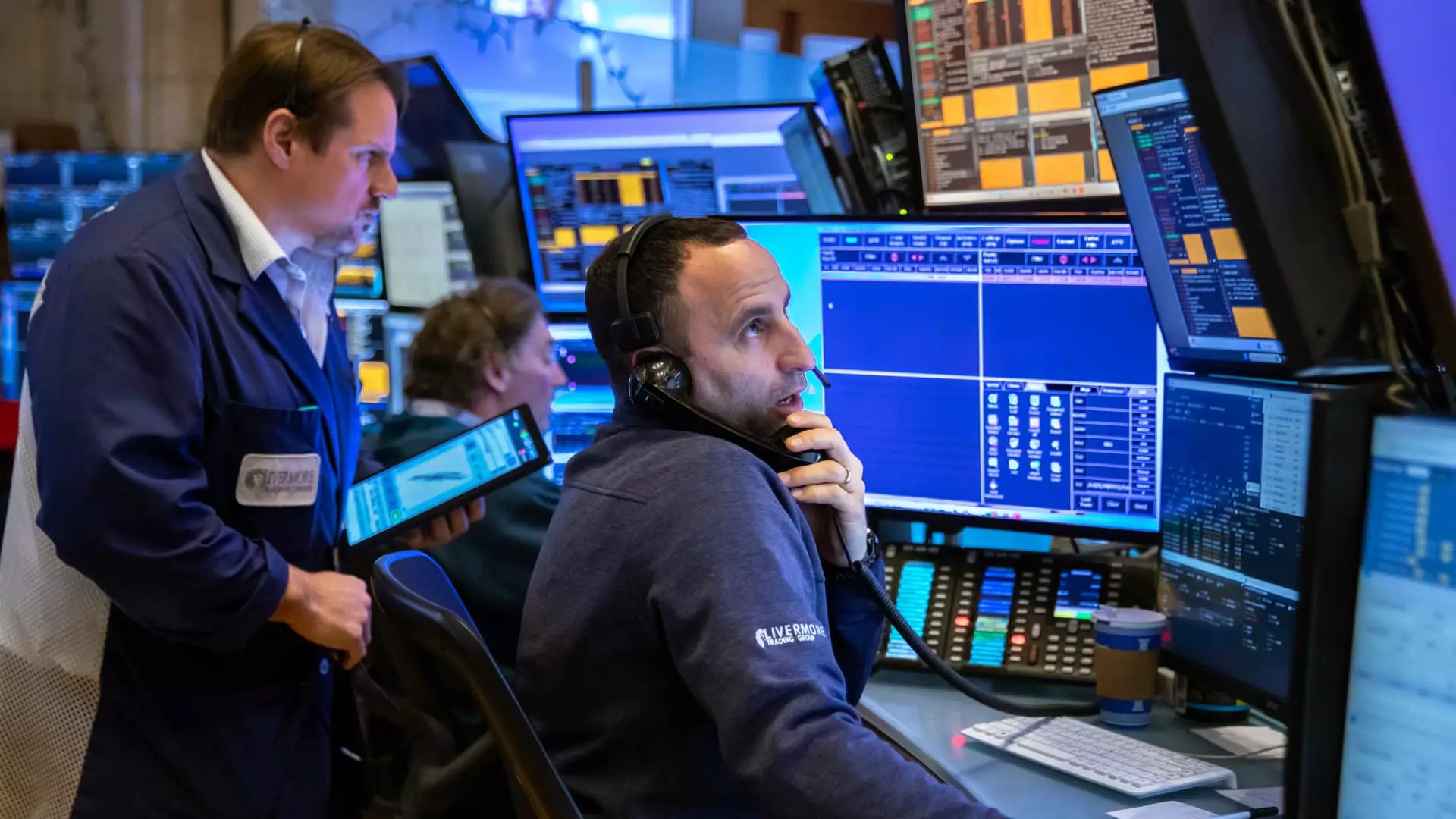As the stock market ushered in a new month, significant tremors were felt following President Trump’s announcement of imposing new tariffs on essential goods from the U.S.’s primary trade partners. The reaction from investors was immediate and volatile, with futures for the Dow Jones Industrial Average plunging by 528 points, reflecting a decline of approximately 1%. This environment of uncertainty was further exacerbated by the S&P 500 futures dropping 1.9% and Nasdaq-100 futures plummeting by 2.7%.
These tariff responses—25% on goods from Canada and Mexico, alongside a 10% levy on various imports from China—represent a dramatic shift in trade policy. Given that the U.S. engages in business worth around $1.6 trillion with these three nations, the imposition of new tariffs raises immediate concerns about the broader implications such measures will have on economic stability and corporate profitability.
The reactions from affected countries have been swift and decisive. Canada has retaliated with its own tariffs, underscoring a growing trade conflict that could spiral further. Mexico, while initially probing its own potential levies, underscores a more pronounced shift from free trade to a battleground of tariffs. Meanwhile, China has adopted a legalistic approach, signaling its intent to bring the U.S. before the World Trade Organization, an attempt to vie for a more favorable trading environment amidst rising tensions.
Market analysts like Tobin Marcus from Wolfe Research have suggested that this situation pushes investors to take Trump’s tariff strategy seriously. If the markets begin pricing in the reality of these tariffs, volatility may be a hallmark of trading sessions in the near future.
In conjunction with tariff discussions, the upcoming week holds substantial importance as more than 120 companies within the S&P 500 are poised to deliver their earnings reports. Among them are technology giants like Alphabet, Amazon, and Palantir, in addition to well-known consumer brands such as Walt Disney and Mondelez. These results will serve as critical indicators, reflecting not just company performance but also the overarching state of the economy in light of trade uncertainties.
Moreover, the release of the January nonfarm payrolls report on Friday will paint a clearer picture of employment trends, a crucial element as fluctuations in unemployment rates remain a volatile topic. Economists estimate that 175,000 jobs might have been created last month, keeping the unemployment rate steady at 4.1%.
Despite the shaky beginning to February, January presented a rather positive outlook, with the three major U.S. indices concluding the month with gains. The S&P 500 exhibited a robust growth of 2.7%, while the tech-heavy Nasdaq Composite witnessed a 1.6% rise. The Dow Jones outperformed its counterparts with an impressive 4.7% increase.
However, as the uncertainties surrounding tariffs, trade, and earnings unfold, maintaining an optimistic outlook may prove challenging. Investors and analysts alike will have to navigate these turbulent waters as they process the real implications of recent governmental policies and their potential impact on growth and profitability in the months to follow.

Leave a Reply